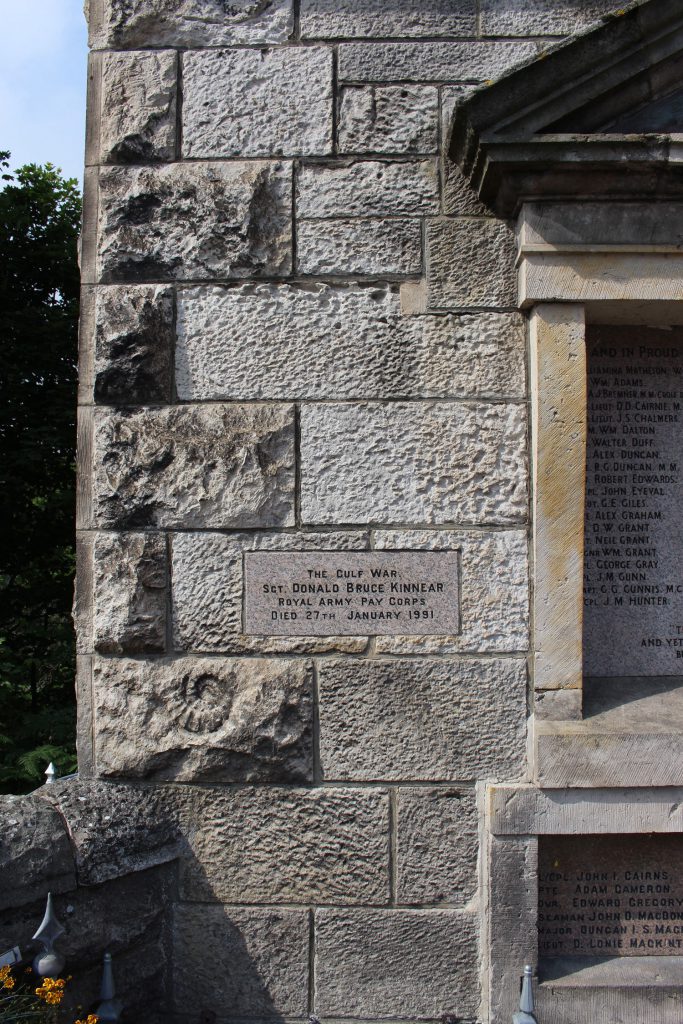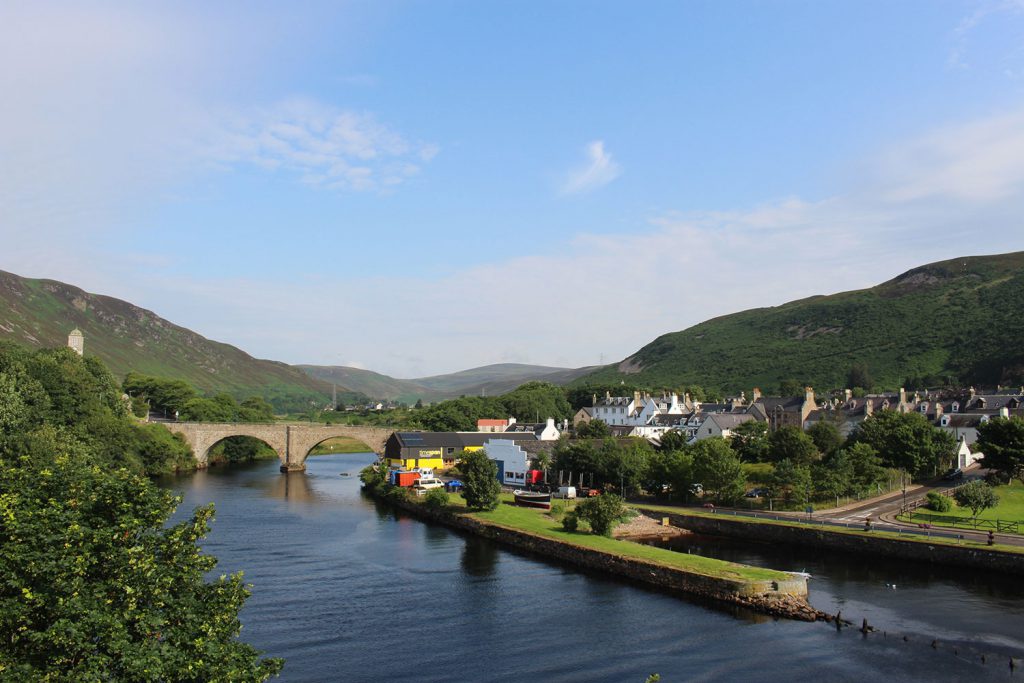Thanks to funding from the John Ellerman Foundation, we are working with museums across Scotland until March 2021 to increase engagement with natural science collections.
Over the course of the two-year project, an extensive programme of site visits will be undertaken to review natural science collections, with a specific focus on fossils. I was in the process of arranging further visits when it occurred to me that I was running out of August, more specifically free days in what remained of August, to allot to anything needing my time.
Reflecting on progress, I looked at where I had been over the six months since I started the role. My calendar shows visits to more than 50 museums, across the length and breadth of Scotland. In 39 museums I found collections with both fossils and other natural science materials, 10 with only other natural science materials (still relevant to the ‘State of the Nation’ aspect of the project), and several more where I found lots of interesting things but nothing that would be included in the review. For those of you who like maths, that’s an average of two museums a week although, in reality, I have had weeks with no visits and others with up to eight. It’s no wonder that sometimes I have to stop and think where I am.

Add to this the fact that many of the museums were set up in the 19th century to accommodate the collections as they stood at the time, but have greatly expanded since to go way beyond the original capacity and often requiring additional storage that is frequently offsite. Many of my visits have therefore investigated the contents of both a museum building, where the public displays and exhibitions are, and an offsite store at a variable distance from the museum site.
So, where have I been? Well, I’ve been to lots of places from Creetown Gem Rock Museum in Dumfries and Galloway all the way up to the Fetlar Interpretive Centre in Shetland… if I listed all of them here, one after the other, you would gradually start to hear the names falling in with the music of the elements of the periodic table song. But just listing their names would not convey their importance, scientific and historical value, and the creativity and knowledge that goes into what they do and represent.

You see, the one thing that has become apparent through this project is that the specimens in each collection are linked to the museums’ history, reflecting the interests of staff, visitors, local collectors and donors, as well the buildings they’ve been housed in over the years.
Many fossils from Scotland are world famous. Examples have been sent around the globe to be studied by researchers at the top of a given field, perhaps because the collector studied with Charles Darwin at Edinburgh University in the 1800s. Another key aspect is the surrounding area and local industry, which both relate to the underlying geology. Areas where there was extensive coal mining, such as around Glasgow and Edinburgh, are evident from the higher number of plant and fish remains from the Carboniferous when the coal formed. Every collection is therefore unique, with its own set of interesting objects and features.
Even at this stage it would be impossible for me to pick a favourite museum or collection. Yes, I have found myself in stunning landscapes and facing impressive buildings constructed in a range of architectural styles, and my eyes have been opened to the huge variety of objects in museum collections which I have passed to find the materials I was looking for.

My journey is starting to feel comparable to the popular pastime of Munro-bagging – climbing the 280 or so mountains over 3,000 feet in Scotland. In common with anyone attempting to complete a round, I plan to document all the museums I bag in a series of blogs. I would also encourage you to bag a few museums of your own, as these are wonderful places to learn about our surroundings and history or just to spend time. I also have a few more collections to visit that will take me further still around Scotland. Who knows where I might end up?
(For anyone that didn’t see the ammonite in the Brora War Memorial, it is on the left hand side in the first block above the wall.)
